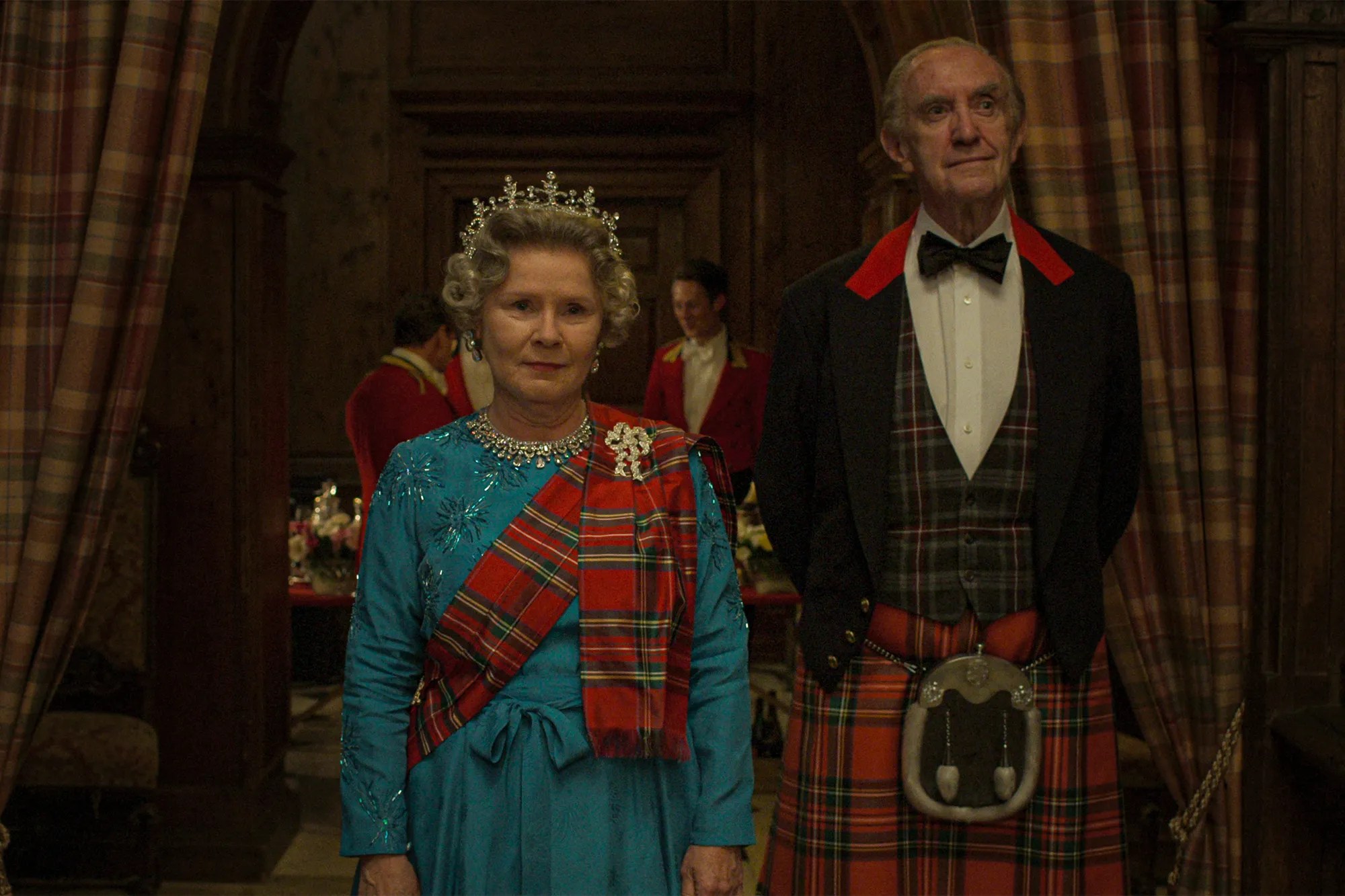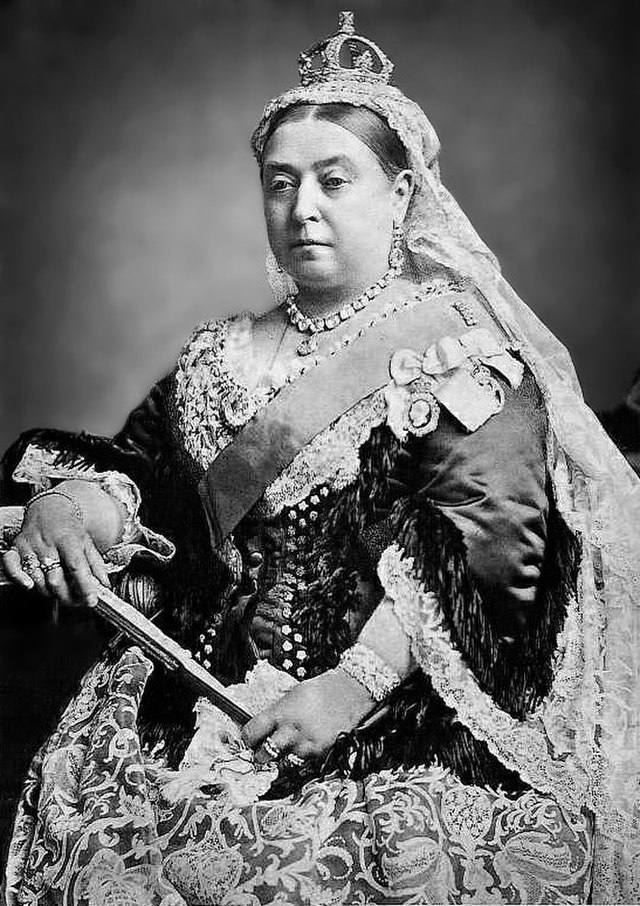The Crown: What is Queen Victoria Syndrome? Explained

The Crown Season 5 kicks off with a bang, digging into what the show presents as an impatient Prince Charles and his office wanting a way onto his mother’s throne sooner rather than later. Titled ‘Queen Victoria Syndrome’, it centres around a real-life poll that showed a majority of the British public wanted Her Majesty Queen Elizabeth to abdicate in favour of her eldest son.
Of course, we know she didn’t. Queen Elizabeth II remained head of state until her recent death in 2022, bringing her record-breaking 70-year reign to an end. Upon Her Majesty’s death, King Charles III took the throne at the age of 73.
In fact, we don’t know for sure whether Charles ever expressed a desire to reign earlier than what naturally occurred while he was prince, although we do know he was a staunch supporter of modernising the monarchy.
Nonetheless, here’s a look at what Queen Victoria Syndrome is and how it was presented in The Crown.
What is Queen Victoria Syndrome?

According to The Crown, Queen Victoria Syndrome is a phrase used to describe what happens when “the public begins to perceive a long-reigning monarch to be out of touch with her people”. It gets its origins from Queen Victoria, who reigned from 1837 to 1901.
Much like the late Queen Elizabeth II, Queen Victoria reigned longer than all of her predecessors, staying on the throne for 63 years, seven months and two days. She also ignored suggestions to abdicate in favour of a younger successor.
In The Crown, the words “irrelevant, expensive, old and out of touch” were used to describe the ageing Queen Elizabeth II, now played by Imelda Staunton. In addition, a Sunday Times survey published on January 21, 1990 found that 47% of the public thought the Queen should abdicate “at some stage”.
The show presents outrage from many members of the royal family, including Prince Philip and Princess Margaret. The Queen is also visibly hurt, as well played with incredible face acting from Staunton. In real life, Queen Elizabeth II made her stance clear on the abdication rumours during her 1991 Christmas broadcast.
“Next February will see the fortieth anniversary of my father’s death and of my accession,” she said. “Over the years I have tried to follow my father’s example and to serve you as best I can,” she told the Commonwealth.
“I feel the same obligation to you that I felt in 1952. With your prayers, and your help, and with the love and support of my family, I shall try to serve you in the years to come.”
The Crown would have us believe that the public was wholly disenchanted with the monarchy. However, the rest of the poll was largely pro-monarchy, with nine out of ten people viewing the Queen, and Charles, “mainly favourably” or “very favourably”.
Still, the rest of the show shows various members of the royal family grapple with the monarchy’s changing role in British society, not least Prince Charles facing some of the most fraught drama of his life. All episodes of the latest season are available to watch now on Netflix to see how the royals fared in the ’90s – with a healthy dose of fiction splashed in.
(featured image: Netflix)
Have a tip we should know? [email protected]